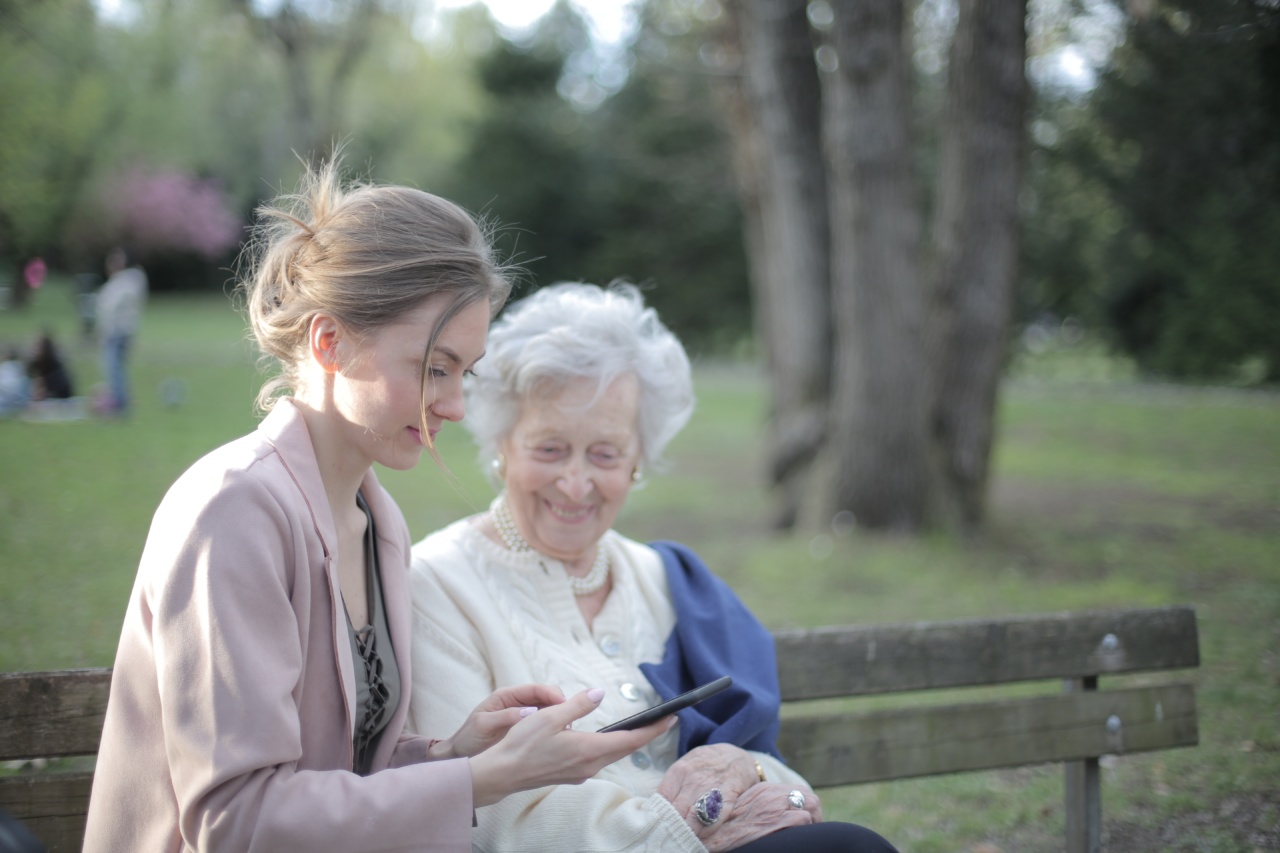Physical disabilities or impairments can greatly affect a child’s ability to move and perform daily activities. These conditions can be congenital (present at birth) or acquired due to injury or illness.
Fortunately, physiotherapy has proven to be an effective intervention for children with movement and mobility issues, helping them improve their strength, function, and quality of life.
Understanding Physiotherapy for Children
Physiotherapy, also known as physical therapy, is a healthcare profession that aims to enhance physical function and mobility through various interventions.
It involves a range of techniques and exercises designed to improve strength, flexibility, balance, coordination, and endurance. Physiotherapists work closely with children and their families to develop individualized treatment plans tailored to the child’s specific needs.
The Role of Physiotherapy in Pediatric Mobility
When it comes to children with movement and mobility challenges, physiotherapy plays a crucial role in promoting their overall development and independence. Here are some ways in which physiotherapy can help:.
1. Assessing the Child’s Condition
Before beginning any treatment, a thorough assessment is conducted to understand the child’s specific limitations and abilities.
The physiotherapist evaluates the child’s gross motor skills, muscle strength, joint range of motion, posture, and overall mobility. This assessment helps in developing an appropriate treatment plan that addresses the child’s unique needs.
2. Developing Individualized Treatment Plans
Physiotherapists create tailor-made treatment plans to address the specific limitations and goals of each child.
The plans typically include a combination of therapeutic exercises, stretches, mobilization techniques, and assistive devices (if necessary). The treatment approach may also incorporate specialized equipment or technologies to improve mobility, such as gait trainers, standing frames, or custom orthotics.
3. Enhancing Motor Skills and Coordination
Physiotherapy focuses on enhancing a child’s motor skills and coordination, which are essential for performing various activities independently.
Therapists use play-based activities and exercises to target specific muscle groups, improve balance, and develop gross motor skills. These interventions aim to facilitate better coordination, posture, and overall mobility.
4. Improving Strength and Endurance
Children with movement difficulties often have weakened muscles and reduced endurance. Physiotherapy interventions include strength-building exercises and activities to improve muscle tone, stability, and overall strength.
These exercises are designed to be fun and engaging to encourage active participation and motivation.
5. Promoting Functional Independence
Physiotherapists work towards improving a child’s functional independence, enabling them to carry out daily activities with greater ease. They help children develop skills such as sitting, crawling, standing, walking, running, and climbing stairs.
By focusing on these functional goals, physiotherapy helps children overcome barriers to mobility and achieve a greater level of independence in their daily lives.
6. Addressing Balance and Postural Control
Many children with movement and mobility challenges struggle with balance and postural control. Physiotherapy interventions include exercises that target these specific areas to improve core strength, balance reactions, and postural control.
These interventions not only enhance mobility but also reduce the risk of falls and injuries.
7. Managing Pain and Discomfort
Some physical disabilities can cause pain and discomfort for children. Physiotherapy interventions may include pain management techniques such as therapeutic modalities (heat, cold, electrical stimulation), manual therapy, and relaxation exercises.
By addressing pain and discomfort, physiotherapy helps children engage in activities with greater comfort and motivation.
8. Providing Family Support and Education
Physiotherapists understand the importance of family involvement in a child’s therapy journey. They provide support, guidance, and education to parents and caregivers to ensure a holistic approach to the child’s treatment.
Physiotherapists educate families about the child’s condition, therapeutic exercises, and strategies to promote optimal mobility in everyday life.
9. Collaborating with Other Healthcare Professionals
Physiotherapists often work in collaboration with other healthcare professionals, such as occupational therapists, speech therapists, and orthopedic specialists.
This interprofessional approach ensures comprehensive care and maximizes the child’s potential for improvement. By joining forces, these professionals can address various facets of the child’s development and provide a holistic treatment plan.
10. Monitoring and Evaluating Progress
Regular monitoring and evaluation of a child’s progress are integral to the physiotherapy process.
Physiotherapists continually assess the child’s mobility, functional abilities, and overall development to track progress and make necessary adjustments to the treatment plan. This ongoing evaluation helps ensure that therapy interventions remain effective and aligned with the child’s changing needs.
In Conclusion
Physiotherapy plays a vital role in improving the movement and mobility of children with physical disabilities or impairments.
By addressing the specific challenges faced by each child, physiotherapists enable them to reach their full potential and enhance their quality of life. Through individualized treatment plans, therapeutic exercises, and targeted interventions, physiotherapy supports the development of motor skills, strength, coordination, and functional independence.
With the guidance and support of physiotherapists, children with movement and mobility challenges can overcome barriers and thrive in their daily lives.






























